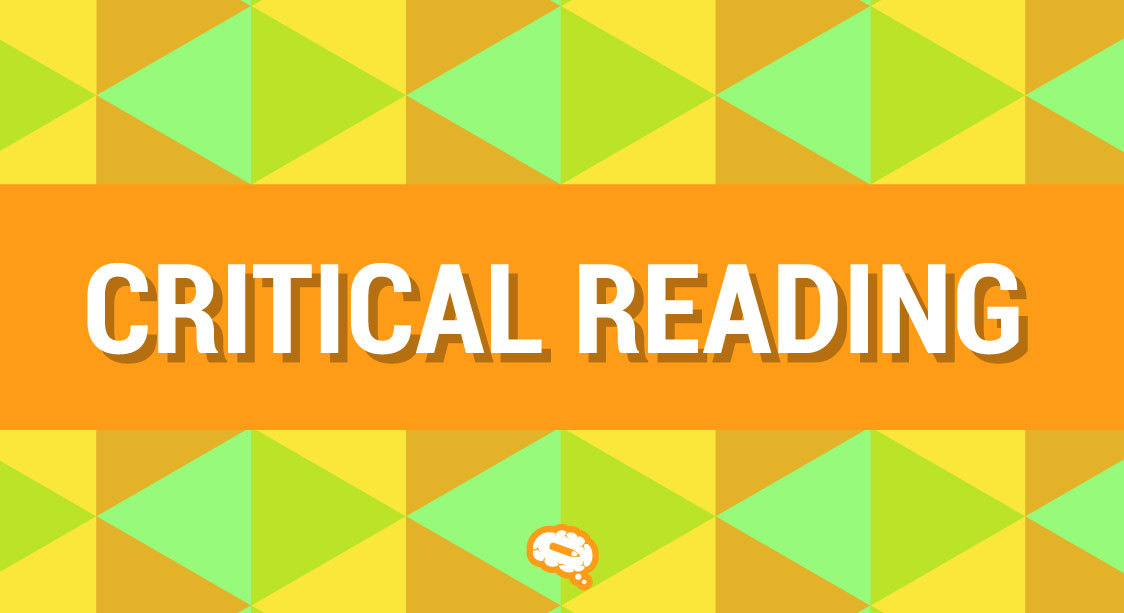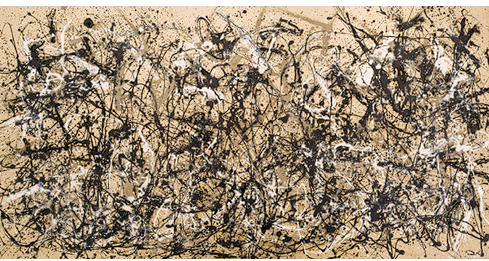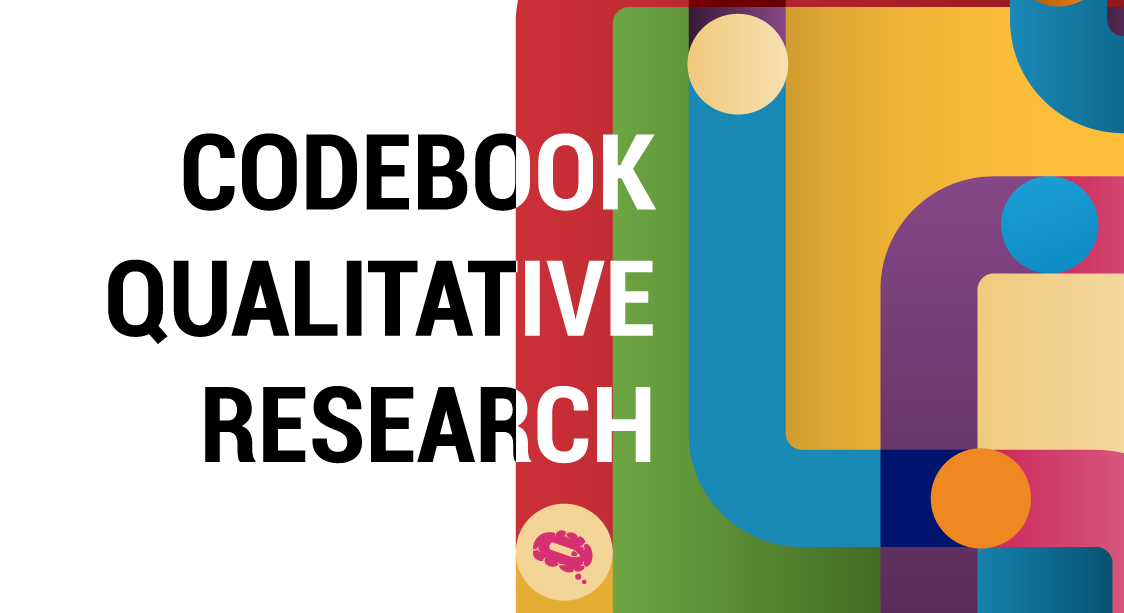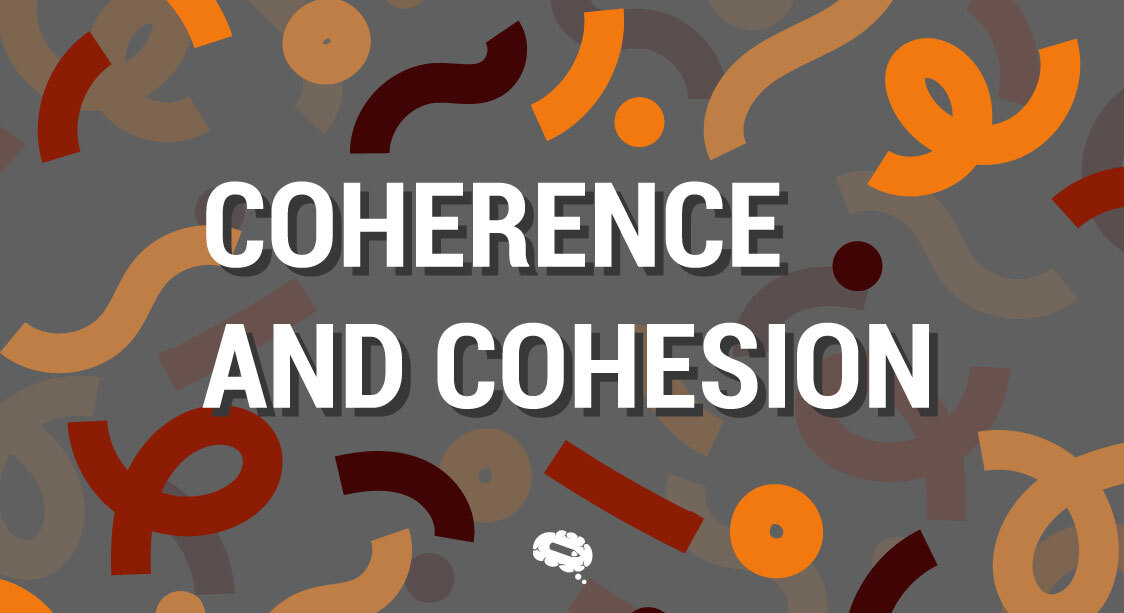Critical reading is a vital tool in our information-dense society. As we process countless pieces of information daily, critical reading helps separate the valuable from the irrelevant. This skill demands a higher level of engagement and involves detailed analysis and assessment. One of the most significant benefits of critical reading is that it improves your ability to understand complex ideas and articulate those ideas effectively. It encourages us to delve deeper into the text, fostering a better understanding of the author’s intentions, argument, and underlying assumptions
Not only does critical reading develop a more profound comprehension, but it also promotes independent thinking and the ability to form reasoned judgments. Critical reading is a fundamental skill for success in the academic world, and it’s also an essential part of being an informed citizen. It involves more than just understanding what you read; it requires actively engaging with and analyzing text to draw out its deeper meanings.
Definisjon av kritisk lesing
Critical reading is an active, thoughtful, and systematic process of understanding, evaluating, and interpreting written material or texts. It goes beyond mere extraction of information to involve in-depth analysis and judgment. A critical reader scrutinizes the author’s intentions, ideas, logical arguments, the structure of the text, the type and quality of evidence provided, and the coherence of the argument. Do not confuse aktiv lesing with critical reading. All the critical readings can be active but it’s not true vice versa.
Fordelene ved å være en kritisk leser
Critical readers can discern the difference between essential points and secondary points in a text. They are better equipped to identify bias, misrepresentations, and logical fallacies. This skill also enhances self-learning as one can digest and interpret information at an advanced level and adapt it to their understanding. It entails questioning as you read – asking what, why, and how as you navigate a text. This process fosters comprehension, enhances intellectual curiosity, encourages independent thinking, and enables the reader to construct an informed opinion.
Hva er den aktive prosessen med kritisk lesing?
Den aktive prosessen med kritisk lesing består av flere trinn. Leseren må være klar over målet med prosessen. Det innebærer prosesser som å dele opp innholdet i segmenter, forstå det usagte mellom avsnittene og identifisere nøkkelbegreper for bedre analyse.
Bryte ned en tekst for bedre forståelse
Før du begynner å lese, vil kritiske lesere ofte gå gjennom verkets struktur og vurdere hva de allerede vet om emnet. Dette bidrar til å skape et grunnlag for å forstå stoffet.
Det første trinnet i kritisk lesing er kommentering. Det vil si at du markerer tekstene dine underveis, slik at alle tankene dine er samlet på ett sted når du kommer tilbake senere. Markeringene kan gjøres digitalt eller for hånd på papirkopier av bøker og artikler. Du bør sørge for å ta med spørsmål eller ideer som du kommer på mens du leser, samt markere viktige avsnitt eller ord som skiller seg ut for videre analyse.
Lesing med oppmerksomhet
This involves reading the text carefully, possibly several times if necessary. It’s not just about understanding the words and sentences, but also picking up on the tone, style, and any biases that may emerge in the writing.
Analyse av språkets form
While reading, important points, striking phrases, and questions that arise are noted down. This helps to keep track of ideas and also encourages further reflection. Summarizing each section after completing it will help ensure comprehension before moving on to the next portion of the material. Critical reading requires one to question the author’s assertions, looking out for any assumptions, biases, or logical fallacies. Questions like, “What is the argument here?”, “Is there bias portrayed?”, “What is the supporting evidence?” are commonly asked.
Identifisering av nøkkelbegreper
Critical readers link new information with what they already know, drawing on their existing knowledge to better understand the text. Once the work has been comprehensively read and notes have been made, the final stage involves assessing the quality, credibility, and significance of the text. This active process of critical reading enhances comprehension, develops one’s understanding, and allows readers to engage constructively with the material, fostering an independent thinking paradigm.
Typer av bevis å ta hensyn til når du leser kritisk
While reading critically, it is important to look for a variety of evidence types to assess the credibility and thoroughness of an argument. Here are several types of evidence that one should consider:
- Empirical Evidence: This includes data gathered through surveys, experiments, observational studies, or other data-collection methods. Such evidence is powerful because it relies on direct observation or experience, but it must be reliable and valid.
- Anekdotiske bevis: These are personal stories or examples that illustrate a point. While they can be persuasive and help make the material more relatable, relying solely on anecdotal evidence can be problematic, as it doesn’t necessarily represent broader trends or experiences.
- Statistiske bevis: This involves the use of numbers to support a claim or argument. It includes data like percentages, probabilities, and rates. However, it is important to understand how these statistics were computed and to ensure they are not misleading or taken out of context.
- Vitnemålsbevis: This consists of statements or quotes from experts, authorities, or other notable figures in the field. It can lend credibility to an argument, but the reputation and qualifications of the cited individuals should be checked.
- Historiske bevis: Denne typen bevis brukes til å underbygge påstander eller argumenter gjennom historiske hendelser, dokumenter eller gjenstander. Det er viktig å vurdere konteksten og kilden til de historiske bevisene.
- Logiske bevis: Dette består av påstander som støttes av logiske resonnementer, for eksempel syllogismer eller premisser som fører til en konklusjon. Hver type bevis har sine styrker og svakheter. En tekst som bruker flere typer bevis på riktig måte, er vanligvis mer overbevisende og helhetlig.
Strategier for å utvikle kritiske leseferdigheter
Å forbedre evnen til kritisk lesing krever øvelse, bevissthet og tid. Her er noen tips til hvordan du kan forbedre dine ferdigheter i kritisk lesing:
- Forbered deg på å lese
Sometimes, long literature tends to worry the reader and make them uncomfortable. If you are new to the field, prior to reading, familiarize yourself with the topic. Conduct a brief research if necessary. This can make the material less intimidating and more accessible.
- Øv deg på å lese aktivt
Uthev eller understrek hovedpunktene etter hvert som du leser. Skriv ned spørsmål eller refleksjoner i margen. Dette vil hjelpe deg å få en dypere kontakt med teksten. Du kan sette deg mål og tidsfrister for lesingen. Hvis du ikke er så glad i romaner eller aviser, er det sunt å begynne med å utvikle en vane med å lese. Fokuser på behovet ditt for å bli en kritisk leser og hvordan det kan være nyttig for din akademiske karriere. Hvis det er mulig, kan du sette av tid til lesing i løpet av dagen og gradvis gjøre det til aktiv lesing. Du kan også melde deg inn i en bokklubb der du setter deg månedlige mål for lesingen, noe som vil holde deg engasjert i lesingen.
- Anerkjenn ulike perspektiver
Evaluate different perspectives to better understand the complexities of the issue. This includes acknowledging any biases the author might have. Try to discuss points that you have noted with your peers after reading an article. If you share the same laboratory or research group, have a detailed discussion and try to learn what they understand from the author’s research.
- Bruk en ordbok
En for lengst glemt venn kan komme deg til hjelp! En ordbok pleide å være til stor hjelp når du begynte å lære. Nå er det på tide å ta den i bruk igjen, og prøve å lære nye ord og betydninger. Med en ordbok for hånden kan du slå opp ukjente ord. Å forstå den nøyaktige betydningen av ord kan være til stor hjelp for forståelsen. Ha den for hånden! Det vil hjelpe deg å bli mer aktiv og kritisk mens du leser.
- Oppsummering av teksten
After reading a section, pause and summarize what you just read. This helps ensure you’ve completely understood before moving on. Often explaining it to others helps to clarify our own concepts. Use age-old techniques to read aloud and explain it to critical thinking.
Gjør kommentering, oppsummering og parafrasering til en del av rutinen din
Nothing else but practice will help you grow better. By making annotating, summarizing, and paraphrasing part of our routine when approaching new material, we give ourselves a better chance at developing true mastery over this content which leads us towards becoming effective thinkers who can engage thoughtfully with complex topics both inside and outside academia alike.
Bruk Mind The Graph til å uttrykke din kritiske lesing
Once you think you have analyzed the literature, article, book, or thesis enough, the next step is to explain it to peers. Use Mind the Graph for expression and stand out from others. Mind the Graph helps you build a graphical representation of your idea. With more than 75,000 illustrations at your service, your journal club presentation would be a fabulous one. Be the first in the institute to link what you read and explain flawlessly.

Abonner på nyhetsbrevet vårt
Eksklusivt innhold av høy kvalitet om effektiv visuell
kommunikasjon innen vitenskap.






